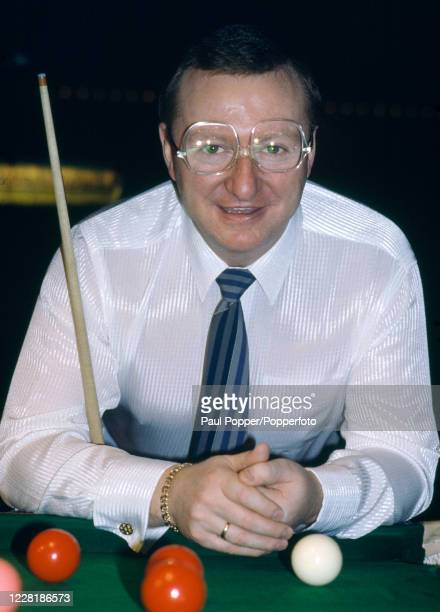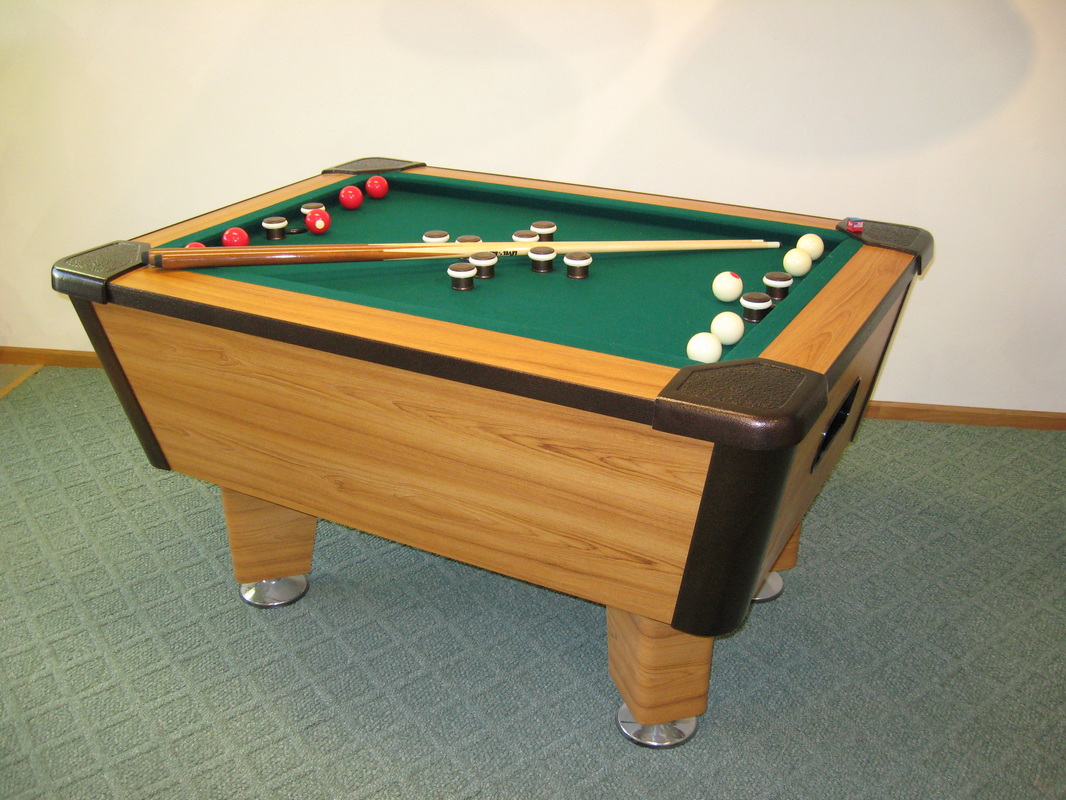
Pool balls come in a variety of colors and designs depending on where they are made and what resin or plastic is used. The quality of your pool ball is crucial to playing well and for professional players. A set of high-quality balls will last a lifetime.
The original pool balls were made from wood. As the game evolved, manufacturers sought alternatives to meet the demand for high-quality balls. In the 17th century, pool balls were made of ivory, which was popular because it was sturdy and smooth. It was also quite affordable to make. The population of elephants declined in the 19th century. Manufacturers sought other options.

In 1907, Leo Baekeland, an American chemist, invented bakelite, a plastic that is made from polymers. Bakelite was a popular choice for pool balls in the 1920s. Bakelite was more resistant to flames than celluloid balls and also less flammable. It was also simple to make and did NOT explode. Although it is a kind of plastic, it's not the same resin as today. It is a thermosetting polymer that cannot melt again.
The next type was a plastic made from a mixture nitrocellulose and alcohol. This resin is still used today, and it is called phenolic resin. Circuit boards can also use phenolic resin. The resin is strong and robust, making it the preferred material for pool balls. It is used in making pool balls, in a manner similar to bakinglite.
Polyester is another popular plastic for pool balls. Polyester is more economical than phenolic. However, it does not maintain its shine for as long as phenolic resin. Furthermore, polyester is not very resilient. Polyester pool balls can be more easily worn. They also don't last as well as phenolic-resin balls.
Saluc, a Belgian company that manufactured pool balls, started production in 1923. Saluc is well-known for Aramith brand, which is the only company to produce pure phenolic phenolic resin ball. The resin used in Aramith balls is a combination of the properties of bakelite and phenolic resin. Thermosetting plastic, phenolic resin, is very durable. It can last for up to 40 years. You can use it for volleyball balls. They are extremely durable and can withstand over 400,000 impacts.

In addition to the above, there are other types of plastic that are used to make pool balls. For instance, polyester pool balls are inexpensive, but are not as strong as phenolic resin balls. Furthermore, polyester pool balls don't last as well as phenolic-resin pool balls. They are however affordable and long-lasting enough to be used by beginners. While phenolic resin pool balls make the best choice for tournaments, they can be quite expensive.